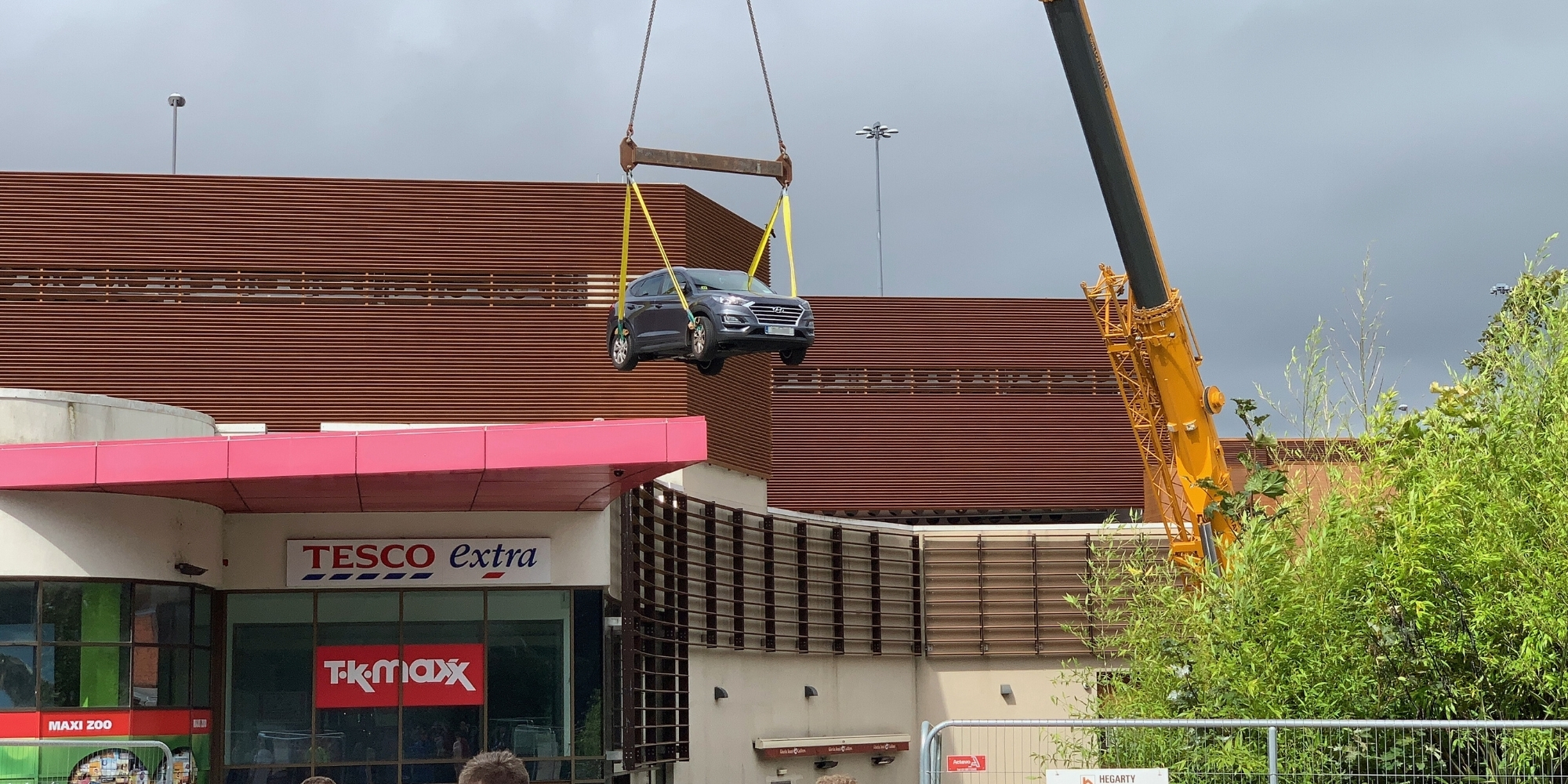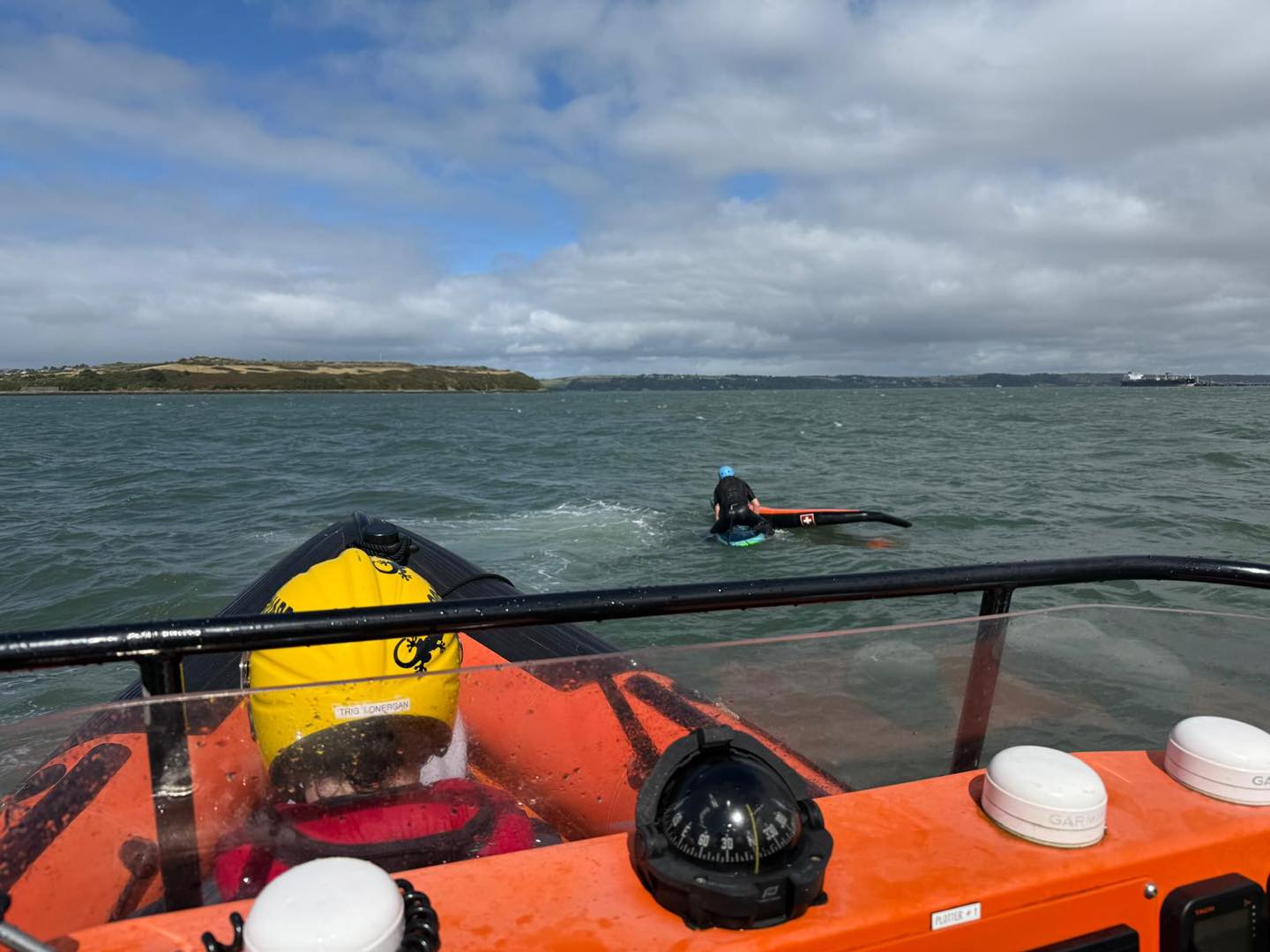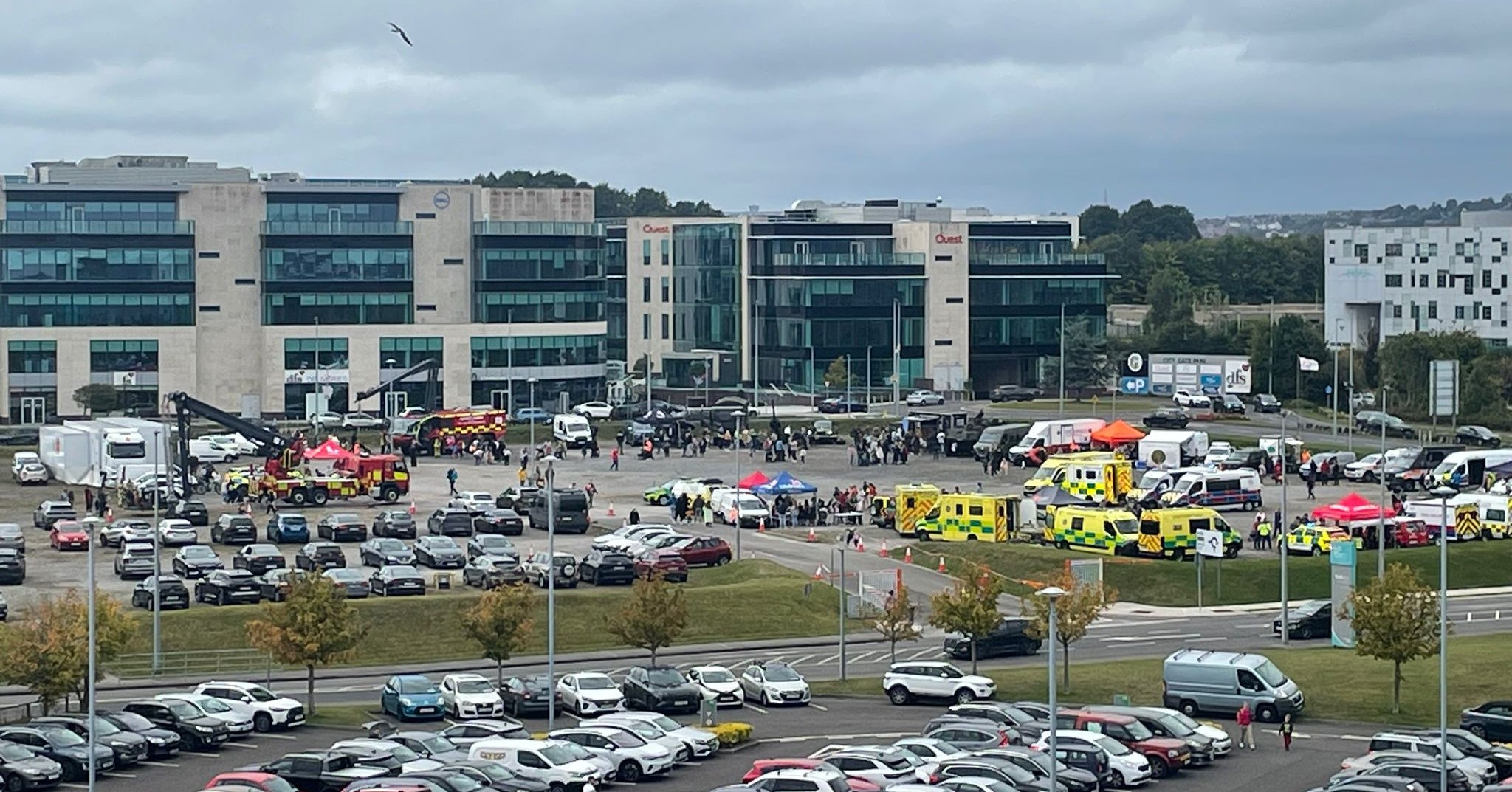European 112 Day: Raising Awareness of the Lifesaving Emergency Number
Did you know? 🚨 112 is the emergency number that works across all of Europe – free to call from any phone, anytime.

Yesterday, 11 February, marked European 112 Day, an annual initiative to promote awareness of the 112 emergency number, which provides free access to emergency services across Europe. Introduced by the European Union in 1991, 112 allows people in distress to reach police, fire, and ambulance services quickly, regardless of the country they are in.
What is 112?
112 is the single emergency telephone number available across all EU member states, as well as in several non-EU countries such as Switzerland and Turkey. Calls to 112 are free from both landline and mobile phones, ensuring accessibility for everyone in need of urgent assistance. Since December 2008, 112 has been operational across all fixed and mobile networks in Europe, making it a vital component of public safety.
Origins of European 112 Day
The idea of dedicating a day to promote the European emergency number was first discussed in 2007 within the European Parliament. By 2009, the European Parliament, the Council of the European Union, and the European Commissionsigned an agreement to introduce an annual 112 Day to boost awareness and educate the public on the benefits of the service. The date, 11 February (11/2), was chosen to reflect the 112 emergency number itself.
Despite its importance, surveys have shown low awareness levels across the EU. In 2008, only 22% of people knew that 112 could be used across the entire EU. Awareness was particularly low in Ireland and the UK, with only 14% and 6% of respondents, respectively, aware of the number’s EU-wide use. While these figures have gradually improved, campaigns such as European 112 Day continue to play a crucial role in educating the public.
How is 112 Day Celebrated?
Each year, various events and campaigns are organised across Europe to promote 112 Day. Emergency services, firefighters, and government agencies use this day to educate the public, particularly young people, about the importance of the 112 number. In previous years:
- Belgium: The famous Manneken Pis statue in Brussels was dressed in a 112-themed costume.
- Germany: A 112-year-old citizen was named the honorary ambassador of the “One Europe – One Number” campaign.
- Ireland: The Emergency Call Answering Service (ECAS) promoted 112 at the Young Scientist and Technology Exhibition.
- Social Media: Campaigns such as #112Day and #ThankYouChain have gone viral, showing appreciation for emergency responders.
How Does 112 Work?
When dialling 112, callers are connected to a Public Safety Answering Point (PSAP), where trained operators assess the emergency and dispatch the necessary services. Operators can locate callers and often speak multiple languages, ensuring help is provided as quickly and efficiently as possible.
112 in Ireland
In Ireland, 112 and 999 are both recognised emergency numbers, offering access to all emergency services. However, awareness of 112 as the EU-wide number remains relatively low, with only 43% of the population aware of its European-wide reach.
Ireland has implemented Advanced Mobile Location (AML) on Android and iOS devices, allowing emergency services to pinpoint the caller's location more accurately. However, unlike some EU countries, Ireland does not yet provide SMS access to 112 for roaming users or a publicly accessible registry of Automated External Defibrillators (AEDs).
Spreading the Word
European 112 Day serves as an important reminder of the critical role that emergency services play in keeping people safe. It is also an opportunity for teachers, workplaces, and communities to educate people—especially children—on how and when to use 112.
Next time you’re travelling in Europe, remember: 112 is the number to call in an emergency!



